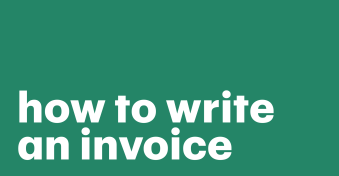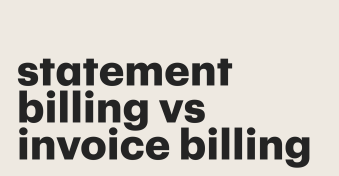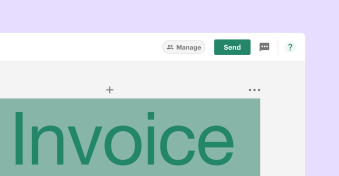If you’re above the age of, say, ten, then you must have heard the terms “invoices” and “statements” before.
Here’s an (unproven) fact: the number of times these words have hit your ears is directly proportional to how old you are. (For example, if you’re 25 years old, you’ve likely heard these terms at least 25,000 times by now.)
Nevertheless, no matter how many times you’ve crossed paths with invoices and statements, whether the words were written or said aloud, do you really know what they mean (and, specifically, how they differ from each other)?
Or are they like “anachronistic” and “ephemeral” — words that everyone pretends to know in a conversation, but if you’d ask them to come up with a textbook definition, nothing would pop up?
If you believe that invoices and statements are documents that have something to do with a summary of payment items or payment-related procedures, you’re both right and wrong.
And if you really wish to understand what these two documents entail and how they differ from each other, this article is for you. Let’s get to it!
What is an invoice?
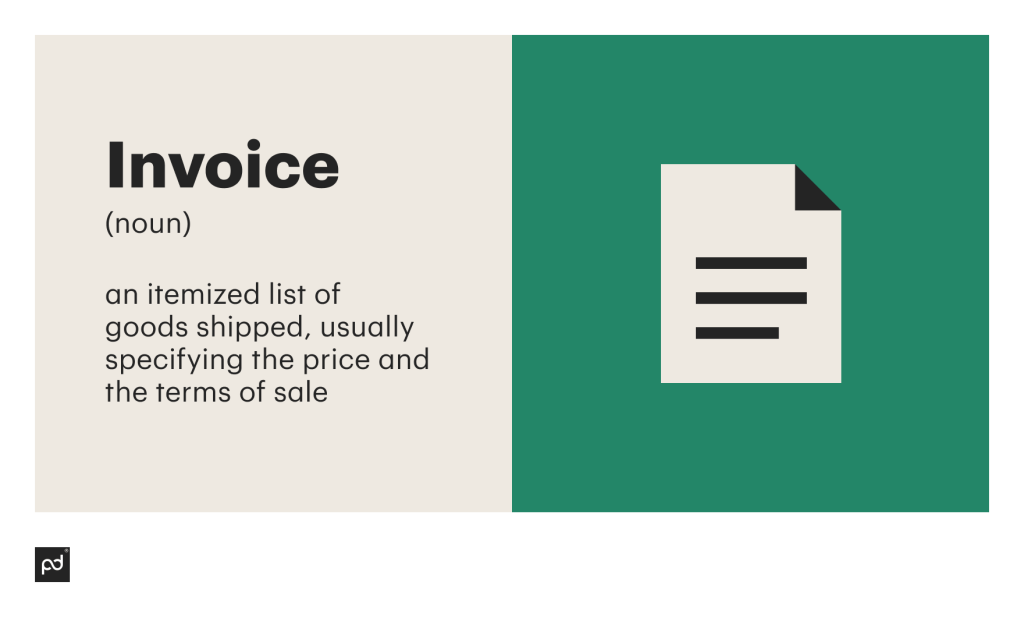
An invoice is a formal document that contractors or business owners send to their clients to collect payment.
While it’s usually sent at the end of the month, there’s no hard and fast rule as such.
You can even send invoices once the project is done or if you achieve certain project milestones.
An invoice can also be of different types and can be used for different cases (e.g., sales invoice when you deliver a product/service, commercial invoice for international payments, debit invoice to correct accounting errors, etc.).
While the primary purpose of any unpaid invoice is to collect the balance due from clients, they also help with other tasks, such as maintaining cash flow and having data for bookkeeping and tax purposes.
Here are a few things every invoice needs to have:
- Invoice number
- Company logo and contact information
- Customer’s name and billing address
- An itemized list of all products/services
- Quantities, product/service descriptions, and discounts
- Taxes and other charges
- Payment terms (such as payment due date)
What is a statement?
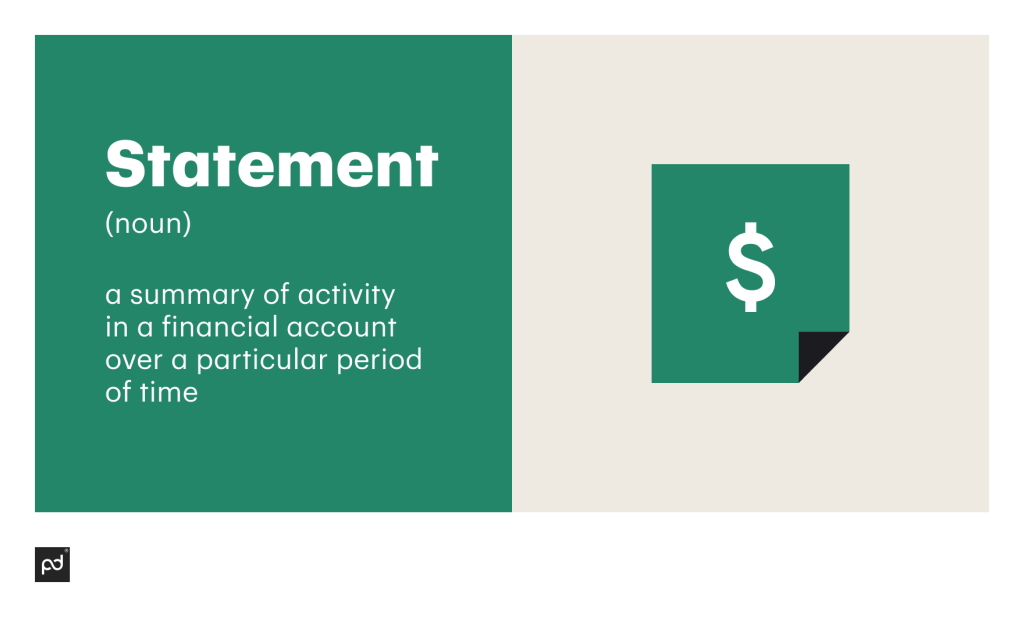
On the other end, a statement only covers the basic elements.
This is because it’s technically a ledger that keeps an account of what comes in and what goes out, and is sent at the end of the month.
For example, if you have an account with Client A for Projects X, Y, and Z, it’ll help you keep track of how much money you got from the same clients and how much you spent on their project-related activities.
Let’s imagine a scenario: you run a small business, and you request clients make a 20% deposit before the project begins.
But you’ll also need to pay contractors and freelancers to keep the client’s project moving forward.
So, just to keep track of all the money that came in and out of the client’s account, you’ll create a statement at the end of the month and share it with the clients. Capiche?
Here’s all that a statement needs:
- Date of transactions
- Credit and debit amounts
- An itemized list of anywhere money was sent out
- Outstanding balance
Similarities between statements and invoices
Alright, now that we know what exactly both these things are, it’s time to get to the meatier bits and explore key differences and similarities.
In this section, we’re unwrapping the similarities. Let’s jump right into it!
- Both statements and invoices are important documents for any business.
- Both keep track of transactions made and the total amount due.
- Both documents are produced on a regular basis.
- Both are used to maintain bookkeeping records.
- Both invoices and statements have detailed information regarding payment with client accounts.
Differences between statements and invoices
It’s now time to uncover the differences.
Let’s take a look at the table to discover how and where the similarities between a statement and an invoice stop and the differences start.
| Invoices | Statements | |
|---|---|---|
| Intention | Invoices are made with the intention of getting paid. | Statements are made with the intention of keeping both parties in the loop about the total amount due. |
| Development | Invoices are developed whenever projects are done, milestones are achieved, or at the end of the month. | Statement periods, on the other hand, occur in timely intervals, mostly at the end of the month. |
| Content | In comparison, invoices are more detailed — for example, they’ll mention details about sales taxes, discounts, payment terms, billing address, itemized lists and descriptions, etc. | Statements are generally less involved — for example, they won’t mention taxes, discounts, or descriptions. |
| Tonality | An invoice is a more formal document in nature. | A statement is a professional document, though informal by comparison. |
| Creation | Even for the same client, businesses may create different invoices for different projects. | A statement can include multiple project expenses into one document. |
Exceptions to the rule:
Credit card “statements” are issued by credit card providers with the intention of getting paid and are hence treated as invoices.
How to tell them both apart
If you’re still confused between invoices and statements, we’re here to reveal a few ways to tell invoices apart from statements.
To begin with, a financial statement will look something like this, whereas an invoice may look something like this:
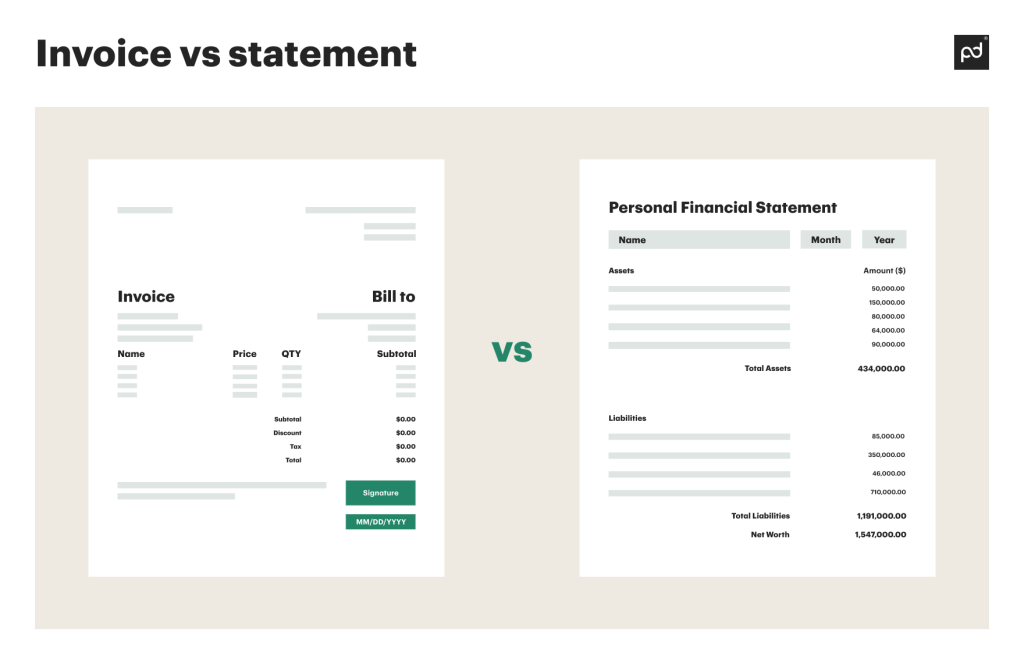
Notice how they look different in the structure itself?
Next up, if you look closely, you’ll see that the invoice includes a few important details that the financial statement does not, such as:
- Billing address
- Discount and taxes (The statement only mentions liabilities — aka, the money that went out)
- Signature
- Payment terms
- Invoice number
- Company branding
- Attestation
- Quantity of products purchases
- Individual price of line items
Another quick way to tell the difference between invoices and statements is to see if a vendor asks you to pay on the document that has been sent (this is because statements are not made with the intention of getting paid).
Consequences and benefits: invoice vs. statement
Now that we’ve covered the basics, let’s go ahead and discuss the benefits and of sending (and consequences of not sending) invoices and statements to customer accounts.
| Invoice | Statement | |
|---|---|---|
| Benefits | It helps register payment requests. | Keeps track of the account payments. |
| The seller gets paid the full amount on time, and no cash flow issues are created for the client. | Helps with budgeting, tallying, and maintaining cash flow. | |
| It tracks all items, discounts, quantities, invoice numbers, etc. | Allows both parties to remain on the same page. | |
| It helps with bookkeeping and is beneficial for tax purposes. | ||
| Consequences | If the client cannot pay the balance due in time, it may result in late fees (or lawsuits, in the worst-case scenario). | If they don’t receive regular statements, your client remains unaware of account transactions. |
| The client may also suffer from issues with cash flow, and the seller may receive money late (or might not receive it entirely). | They may not be prepared to make payments on time or might face cash flow restrictions if you suddenly send a large amount without keeping them updated with statements. |
How to prepare invoices and statements
If you’re looking to create invoices and statements (and are wondering where to create them), this section is for you!
How to create invoices
Invoice creation is a pretty easy business.
You can use free solutions like Microsoft Word or Google Docs to create these documents from scratch.
Alternatively, if you use any payment platforms, they might also allow you to create invoices for free.
Another free way to create free invoices is to use an invoicing solution like PandaDoc.
You can create a free e-Sign account there, and use its extensive capabilities to create, edit, and track invoices.
If you wish, you can create invoices from scratch.
Just use PandaDoc’s blank invoice template as a guiding point — it’s easy to use and extremely customizable. Check it out here:
Invoice template
Not to be biased here, but PandaDoc-created documents have 36% increased close rates, 50% decreased document creation time, and 87% increase in document completion. The numbers don’t lie!
To see more of what PandaDoc’s sales invoice software can do for you, arrange a free call with our representative.
On the flip side, if you wish to learn how to create invoices, use this guide: What is an invoice? (let’s link to the article from the same cluster here).
How to create statements
Again, you can use any invoicing software to create statements, too. Alternatively, apps like Microsoft Word, Excel, Sheets, etc., work just as well.
If you wish to get a step-by-step walkthrough on how to create financial statements, use this guide: How to make a financial statement for small businesses.
When to send invoices and statements
Suppose you’re being tasked with the responsibility of creating invoices and statements, and are wondering when to send these documents; here’s a helpful guide you can refer to.
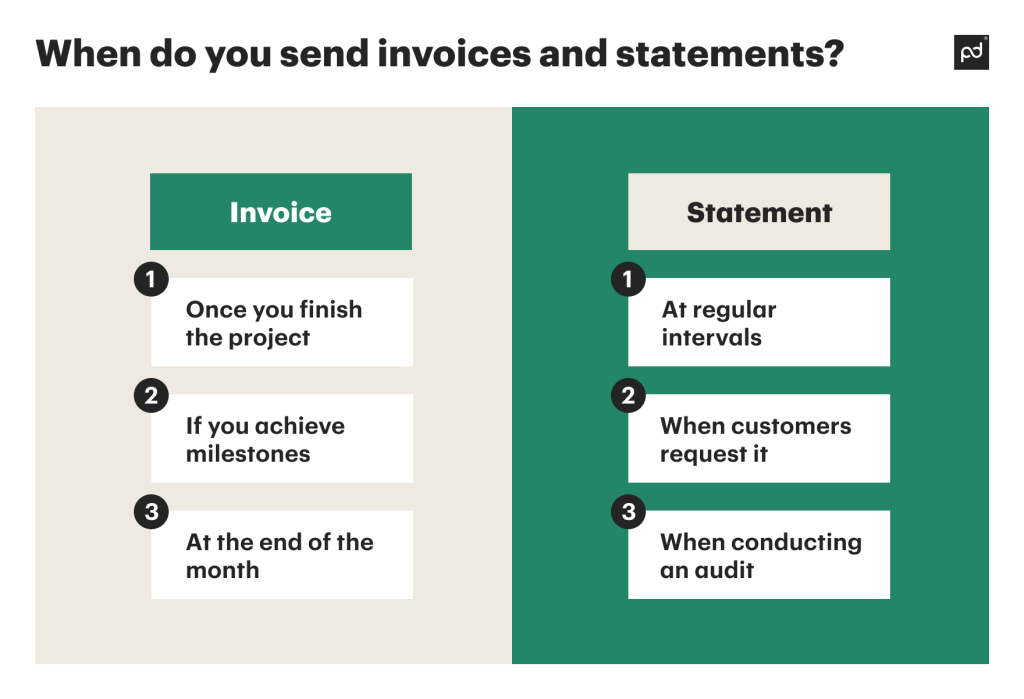
When to send invoices
Invoices are typically sent once the customer has the product or service delivered to them.
For example, if you, as a small business, are creating ten different items for a client then you’ll send them the invoice for the items as soon as they receive it.
Again, depending upon the contract you have, you can request and expect payments across any timeline.
For example, if you have a Net-30 day payment timeline, your client may pay you within 30 days after you send the invoice to them.
Or, if you’ve agreed to payment upon receipt, they’ll have to pay as soon as they receive your invoice.
If you’re confused about when and how to pay (and cannot find the preceding contract to locate all the details for you), you may find the details in the invoice items under “Payment Terms.”
Payment terms may also be filled with unnecessary jargon, which may be difficult to navigate, such as MFI, CIA, EOM, LOC, etc.
To learn all about invoice payment terms, use this resource to your advantage: Invoice terms and conditions example (let’s link to the article from the same cluster here).
When to send statements
Statements are typically sent within intervals.
For example, you may choose to send your invoices monthly, weekly, bi-monthly, etc.
However, your clients can also request statements at any point of time, and it’s a best practice to honor those requests and deliver them in a timely manner.
Alternatively, statements are also created at the time of audits (your client or one of their personnel will request it if they conduct an audit).
You don’t need to make super-detailed statements.
They can simply be one page long. Invoices are usually one-page long, too (but can increase in page length as needed).
How can PandaDoc help?
So far, we’ve established clear definitions and benefits — invoices and statements are both important documents, and each has its use case.
But they can take a long time to create and divert your attention from doing actual business.
This is where PandaDoc comes in. Our sales invoice software:
- Provides ready-made templates (so you can reduce time creating documents).
- Allows you to create invoices and statements from scratch (you can also make them interactive with media and custom branding).
- Helps track documents (so you can get insights on the nitty-gritty details).
- Is suited for both huge and small businesses.
- Reduces human errors, automates tasks, and minimizes delays.
To learn more about what we can do for you, arrange a free call with a PandaDoc representative!
Disclaimer
PandaDoc is not a law firm, or a substitute for an attorney or law firm. This page is not intended to and does not provide legal advice. Should you have legal questions on the validity of e-signatures or digital signatures and the enforceability thereof, please consult with an attorney or law firm. Use of PandaDocs services are governed by our Terms of Use and Privacy Policy.
